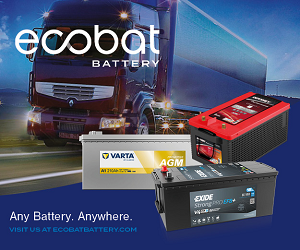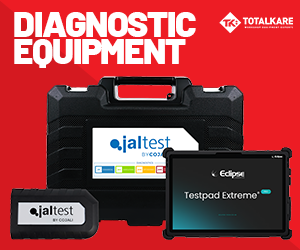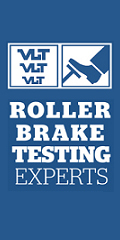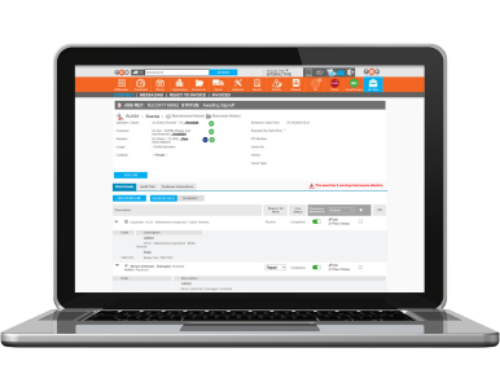Brake testing tips from Codi International
 Equipment provider Codi International Ltd has issued advice on roller brake testing for fleet and workshop operators.
Equipment provider Codi International Ltd has issued advice on roller brake testing for fleet and workshop operators.
“Brake testing is an essential part of every HGV fleet’s maintenance operation,” said Ian Bullen, joint managing director of Codi International.
He cites the Driver & Vehicle Standards Agency’s (DVSA) Guide to Maintaining Roadworthiness, which requires that brakes must be tested at every safety inspection, intervals between which will depend on the type of work vehicles are assigned to – and that the results must be kept for a minimum of 15 months.
While both the DVSA and Office of the Traffic Commissioner acknowledge that brake testing has improved in recent years, Ian says, defective brakes remain among the top reasons for MOT failure and prohibition.
He also highlights the requirement as of January 2023 that most goods vehicles must be presented laden for brake testing at MOT.
“This is best practice and should be carried out for all brake tests,” he advised.
“A roller brake tester is an investment, but the returns are good. Testing costs are greatly reduced with no travel time to other test facilities, no external fees, no retest costs etc. An operator with a fleet of 20 vehicles tested four times a year would see a complete return on investment in under five years.”
There is also the opportunity to earn money from testing other operators’ vehicles, he points out, adding that a properly maintained machine will last many years.
“As well as demonstrating that a vehicle’s brakes are fit for use, roller brake testers are a valuable tool in diagnosing braking faults,” Ian continued.
“They will show otherwise hard-to-spot defects including imbalance, bind, marginal performance, and time lag.
“One of the most important things with a brake tester is suitability and ease of use. The requirement for record-keeping means that most modern brake testers are computer controlled and carry out the test using the DVSA database. The user interface should be easy to use and allow the test to be carried out simply and efficiently.
“It is also important for the tester to be able to see the display screen and careful thought should be given to this. There are several ways to ensure visibility including multiple displays, a single large display, wireless in-cab displays…”
A good supplier cannot be underestimated, Ian contends.
“They should be able to advise on the right machine for your application – certain vehicles like buses and trailers can present problems – as well as positioning, test direction etc.
“Support is also vital with brake testers; modern equipment is complex and capable of carrying out very accurate brake diagnosis, however they also require calibration, software updates, ongoing training and maintenance.
“The support organisation will require the manufacturer’s backing; most manufacturers will only make software access available through their appointed agents.”
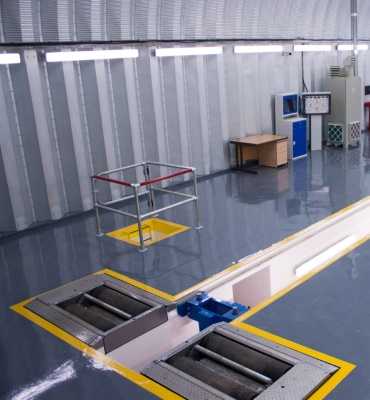 Codi International offers a range of roller brake testers for trucks and buses from long-established German manufacturer AHS Prüftechnik GmbH and Saxon Prüftechnik GmbH.
Codi International offers a range of roller brake testers for trucks and buses from long-established German manufacturer AHS Prüftechnik GmbH and Saxon Prüftechnik GmbH.
“Models are available from simple manual test machines to fully approved ATF test lane specification,” Ian explained.
“There are also special models for cranes, heavy plant, military vehicles etc. and mobile versions are available for situations where a permanent installation is not required.
“All the brake testers feature a robustly engineered roller bed with powerful motors and exceptionally durable epoxy roller coating. All machines can be upgraded during or after installation with a range of accessories including axle weigher, roller locking, in cab tablet; all can be connected to a PC running the DVSA database allowing the DVSA test to be carried out.”



